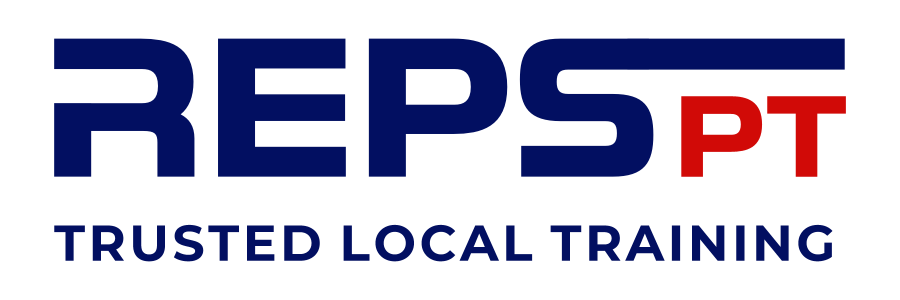The high stance leg press is a variation of the standard leg press, where the feet are placed higher on the footplate. This positioning alters the angle of the press and shifts the focus to different muscle groups compared to other stances. In a high stance, the feet are typically placed towards the upper portion of the footplate, just above shoulder-width apart. This variation offers unique benefits for lower body training and can complement other leg exercises.
Benefits of the High Stance Leg Press
-
Increased Glute and Hamstring Activation: A high foot placement on the leg press emphasises the posterior chain, particularly the glutes and hamstrings. The angle created by the higher foot position encourages deeper hip flexion, which activates these muscles more significantly. This makes the high stance leg press ideal for targeting the glutes and hamstrings, helping to improve strength and muscle mass in these areas.
-
Deeper Hip Flexion and Stretch: Placing your feet higher on the footplate allows for a greater range of motion at the hips, which results in a deeper stretch of the glutes and hamstrings. This increased flexion can help improve flexibility in the hip area while also offering a more intense muscle contraction during the press phase.
-
Reduced Emphasis on the Quadriceps: Unlike the standard or narrow stance leg press, the high stance reduces the emphasis on the quadriceps (the front of the thighs). This is especially beneficial for individuals who wish to target the posterior muscles (glutes and hamstrings) without overworking the quads. It also allows for a more balanced leg training routine, complementing other exercises that target the front of the legs.
-
Improved Lower Body Strength: As the glutes and hamstrings are crucial for lower body strength and power, training these muscles through the high stance leg press can help improve overall lower body performance. This is especially beneficial for athletes involved in activities such as sprinting, jumping, or squatting, where glute and hamstring strength is essential.
-
Safer for Individuals with Knee Issues: The high stance position can be gentler on the knees compared to lower foot placements, as it reduces the amount of knee flexion required during the press. This can make it a more joint-friendly option for individuals with knee discomfort or those recovering from knee injuries.
-
Variety in Leg Training: Incorporating a high stance leg press into your training routine adds variety, which is essential for continuous progress. By shifting the focus to different muscle groups, it can help prevent plateaus and contribute to more well-rounded leg development.
Form for the High Stance Leg Press
-
Positioning:
- Sit on the leg press machine with your back firmly supported and your feet placed high on the footplate. Position your feet just above shoulder-width apart or slightly wider.
- Ensure your feet are placed evenly, and your toes should be pointing slightly outward or straight ahead for comfort.
- Your knees should be bent at around a 90-degree angle at the start of the movement, with the knees aligned with your toes.
-
Foot Placement:
- Place your feet high on the footplate, ensuring that your toes are pointing upwards and slightly outward, or in a position that feels comfortable. The higher foot placement will cause more hip flexion and less knee flexion during the movement.
- The goal is to keep your feet in a stable position, pressing evenly through the entire foot (not just the toes or heels) during the movement.
-
Grip:
- Grip the handles or armrests on the machine for stability and to prevent shifting during the exercise. Keep your torso still, focusing on engaging the lower body muscles to complete the movement.
-
Execution:
- Push the weight upwards, extending your legs but avoiding locking your knees at the top. The motion should be slow and controlled, focusing on muscle engagement rather than using momentum.
- As you lower the weight, bend your knees, allowing them to move naturally along the same line as your toes. The high foot placement will result in less knee flexion and greater hip flexion.
- Inhale as you lower the weight and exhale as you push it back up, focusing on engaging the glutes and hamstrings as you press the weight upward.
-
Posture:
- Keep your back pressed firmly against the seat throughout the entire movement. Avoid any arching in your lower back, and keep your core engaged for proper stability.
- Your head should remain relaxed on the headrest, and avoid lifting your hips off the seat during the movement.
-
Range of Motion:
- Lower the weight until your knees form about a 90-degree angle, or slightly deeper if your flexibility allows. However, avoid pushing too deep into the movement if it causes discomfort or strain.
- Ensure your knees stay in alignment with your toes and don’t collapse inward.
Key Tips
- Start with a lighter weight to ensure proper form, especially if you're new to the high stance leg press. Once you’re comfortable with the movement, gradually increase the load.
- Focus on controlling the movement at both the top and bottom of the press to maximise muscle engagement and reduce the risk of injury.
- Make sure your knees are aligned with your toes throughout the exercise to prevent any unnecessary strain on the knee joints.
- Breathe steadily, inhaling as you lower the weight and exhaling as you press the weight back up to the starting position.
Incorporating the high stance leg press into your training routine can help target the glutes and hamstrings effectively, improve lower body strength, and provide variety in your leg workouts. By maintaining proper form and progressively increasing the resistance, this variation can contribute significantly to overall muscle development and athletic performance.

